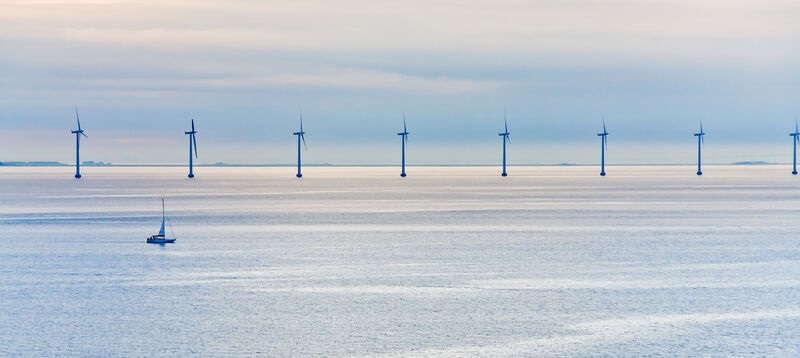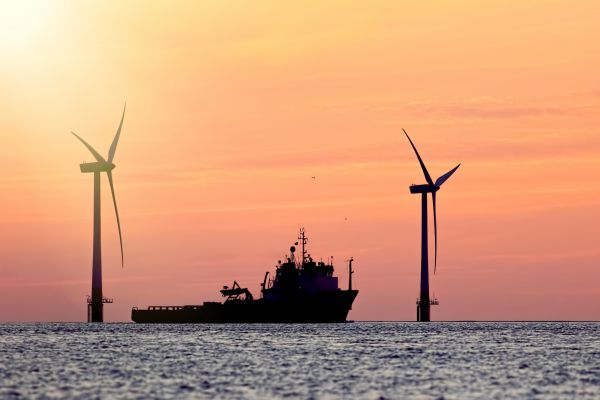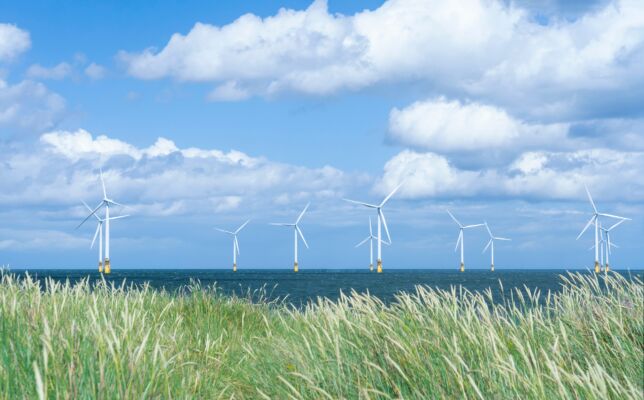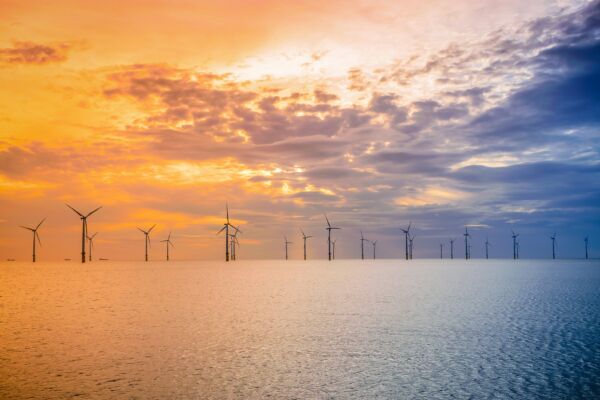Hybrid power plants which combine wind turbines and photovoltaic systems have been popping up on land for some time. But now, it seems the technology is about to take to the seas, as 16 European energy companies have joined forces to form “EU-Scores” (European Scalable Offshore Renewable Energy Sources). The consortium has two pilot projects in planning: A three megawatt (MW) offshore photovoltaic plant combined with a wind farm off the coast of Belgium and a 1.2 MW tidal power plant with a floating wind farm near the Portuguese coast. Investment for the new hybrid offshore energy parks is 45 million euros, and both are scheduled for completion by 2025.
Reduced footprint thanks to hybrid approach
The idea is to combine different energy sources, such as wind, tidal, and solar to ensure that energy can be generated more reliably and cheaply. In the Belgian project, photovoltaic modules float on the sea between wind turbines, with no negative impact on maritime flora and fauna. In Portugal, however, small hydroelectric plants use the constant changing tide and waves to generate electricity. Either way, the space occupied by the wind farm is minimized and they have higher electricity yield per square kilometer compared with standard offshore approaches. It is estimated that this combination of offshore wind and offshore photovoltaic systems can generate five times as much energy as an isolated system – with the same space requirement.
Cut costs for power generation
The cost to operate and maintain these types of hybrid systems is also much cheaper. Cost of generating electricity goes down, the power grid becomes more reliable, and manufacturing becomes even more sustainable.
The two pilot projects are expected to blaze the trial many more hybrid offshore energy farms which aim to help the EU meet its target of going from 230 to 440 gigawatts (GW) of installed capacity from offshore wind and 40 GW from ocean energy (solar, wave, tidal) by 2050. Given predictions that global electricity consumption will double by 2050 to 42,000 terawatt hours, it makes it all the more important to develop sustainable solutions, such as those preferred by SKF.



